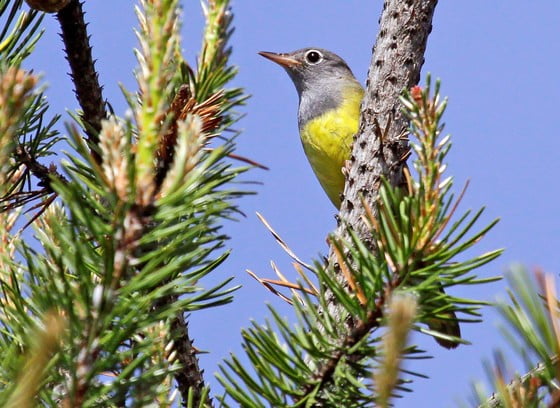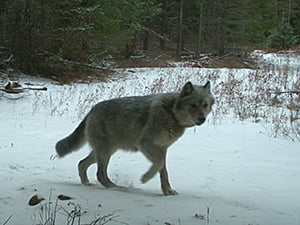
The America white pelican is making a comeback in Minnesota, not only for the season, but also in terms of its population. While pelicans winter in the Gulf of Mexico region, more than 20 percent of the continent’s white pelican population takes up summer residence in Minnesota. Marsh Lake, located in Big Stone, Lac qui Parle and Swift counties, hosts the largest portion of the population.
White pelicans are prominent in Minnesota’s history, as well. Minnesota has 10 lakes that include “pelican” as part of their name, a city (Pelican Rapids), and the Pelican River in Otter Tail County. Even one of southern Minnesota’s premiere fishing lakes, Lake Shetek in Murray County, is named for the Ojibwe name for the pelican, presumably for the birds that visit each year.
Despite that heritage, the American white pelican all but disappeared from Minnesota for seven decades because of human activity. Thought to be extirpated from the state, with no reports of nesting in Minnesota after 1878, pelican colonies were found on Marsh Lake, on the Minnesota River near Appleton, in 1968.
Since then, the pelican’s remarkable comeback has continued thanks to conservation efforts, and federal regulations in Minnesota. In Minnesota, the DNR’s Non Game Wildlife Program provided technical guidance and habitat restoration and protection.
In early spring, pelicans migrate north to their summer homes, which include the shallow lakes of southern Minnesota. Many are simply passing through or they may be non breeders that are feeding or loafing.
By April or May, though, some will settle in to nest in large dense groups. Pelicans nest on the ground, mainly on isolated islands. Minnesota is home to 15 known nesting colonies, but the number and locations can change over time.
Regional non game specialist Lisa Gelvin-Innvaer asks the public to report new nesting colonies in southern Minnesota via email to lisa.gelvin-innvaer@state.mn.us.
“Pelicans are a very distinct looking bird, and that’s why many people enjoy them – not just bird-watchers,” Gelvin-Innvaer said. “However, pelicans are especially sensitive to humans and are easily scared off of their nests, causing them to abandon their nest and eggs.”
A good rule of thumb, she said, is to view from a distance. If pelicans react to a person’s presence, they’re too close.
For more information on American white pelicans, visit mndnr.gov/pelican.
Pelicans are just one of the many wildlife species that benefit from donations made to the Nongame Wildlife Checkoff on Minnesota tax forms or online at mndnr/checkoff.
Nongame Checkoff dollars fund research, surveys, habitat restoration and education for more than 700 nongame wildlife species. Each dollar donated also is matched by funds from the Reinvest In Minnesota Account.

